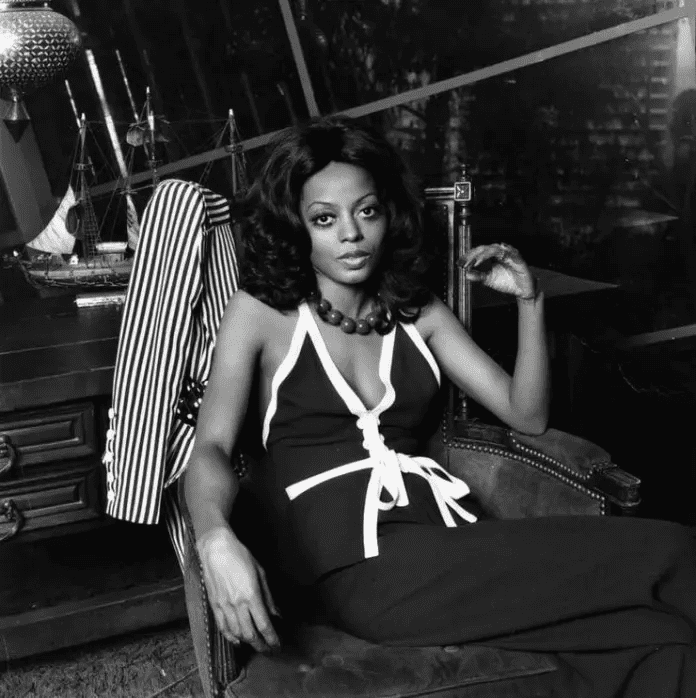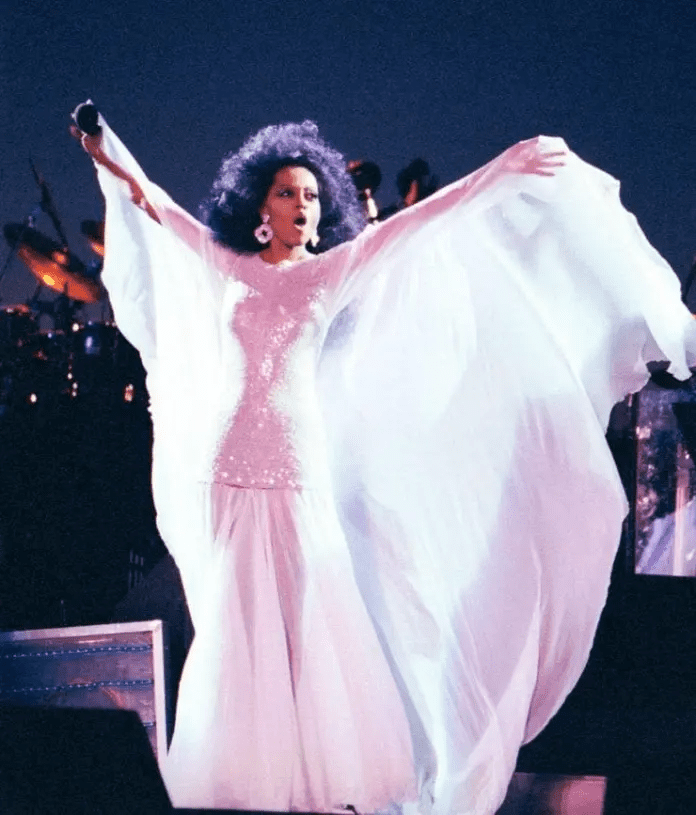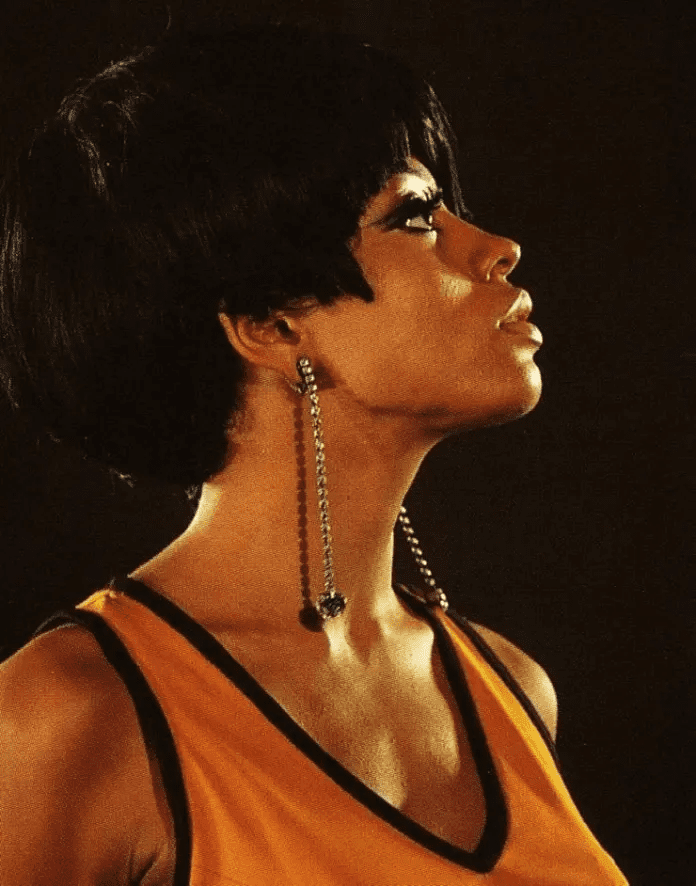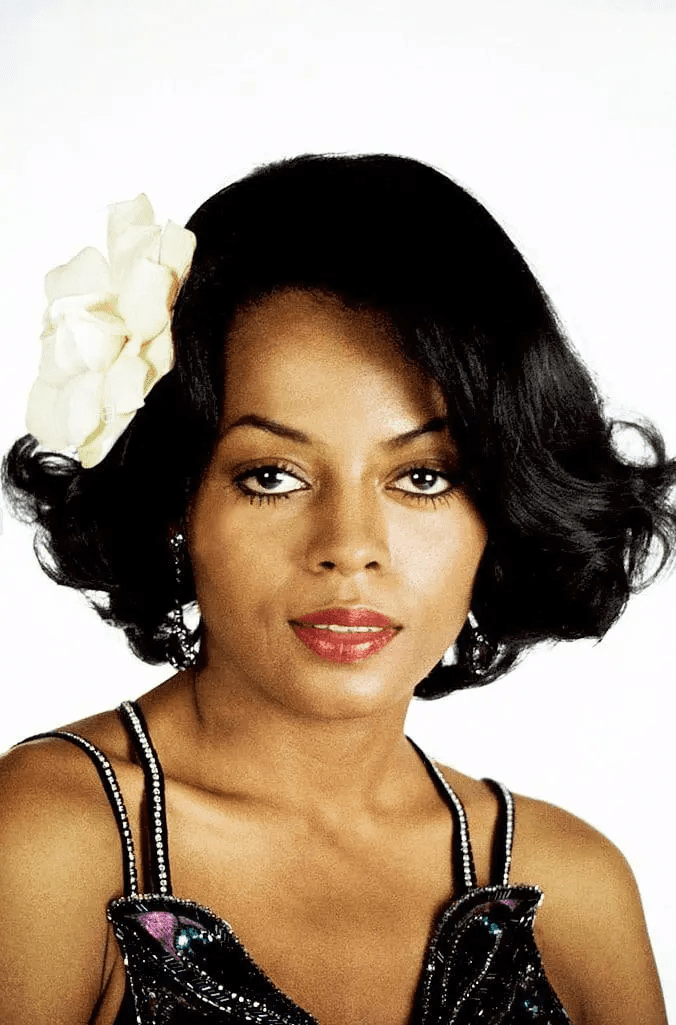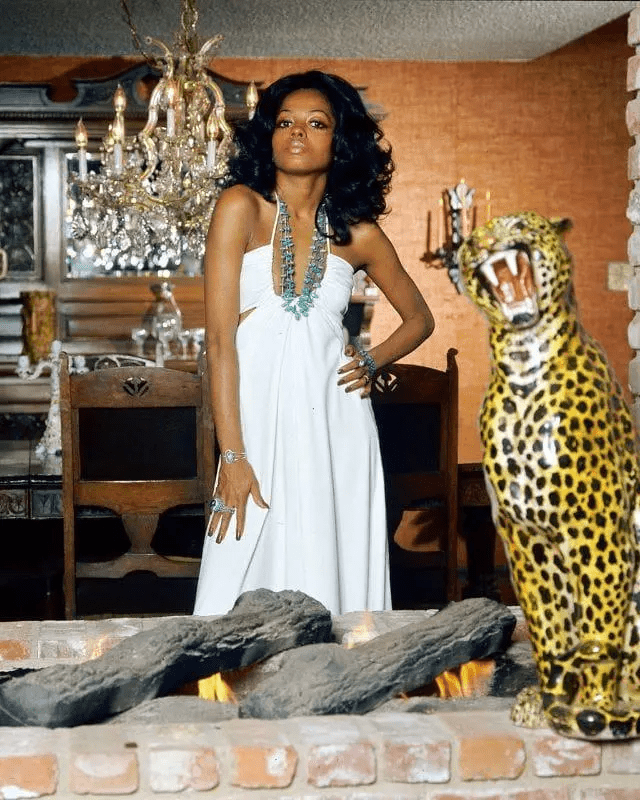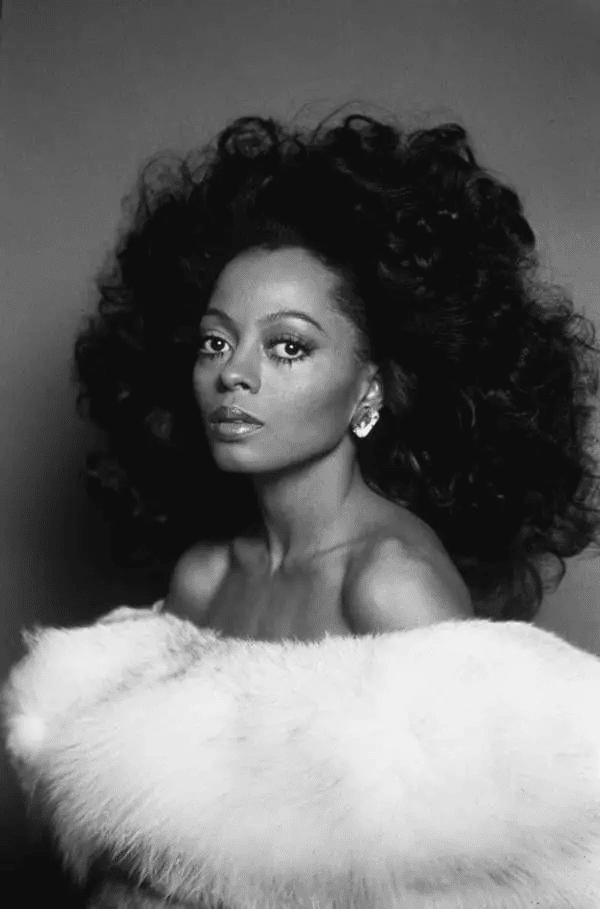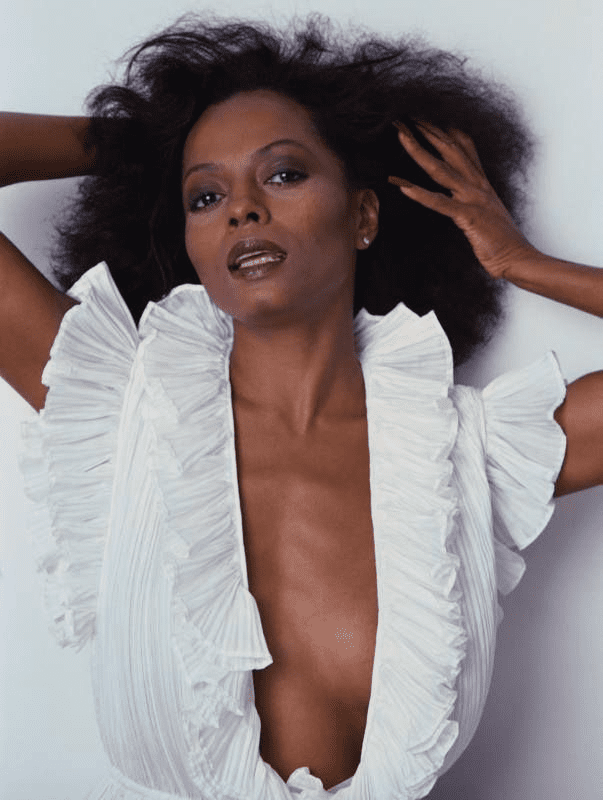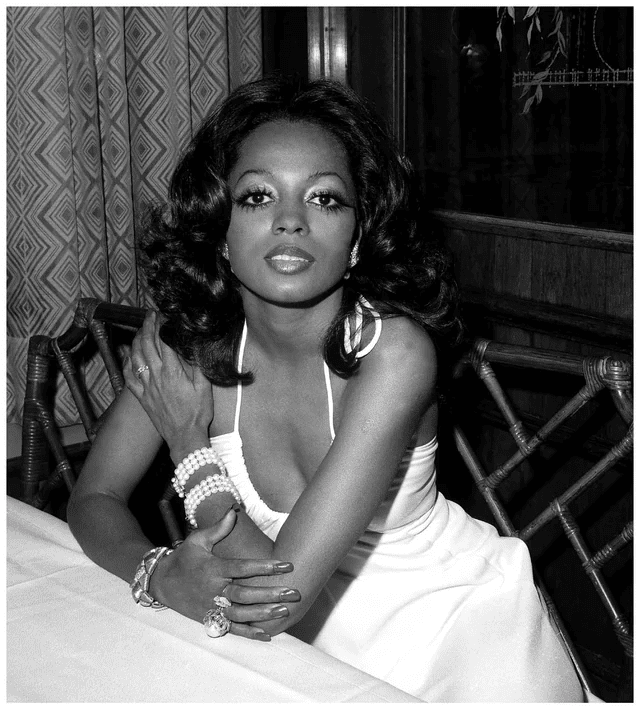
Diana Ross is a name that resonates across generations, an icon whose influence spans decades in the music industry and beyond. As a singer, actress, and trailblazer, she has left an indelible mark on the world, shaping the landscape of pop, R&B, and soul music. From her rise to fame as the lead singer of The Supremes to her successful solo career, Diana Ross’s biography, life, career, and present achievements form a legacy that continues to inspire millions.
Early Life and the Road to Stardom
Born on March 26, 1944, in Detroit, Michigan, Diana Ross grew up in a tight-knit family. Raised in the Brewster-Douglass Housing Projects, she displayed an early passion for music and performance. As a young girl, Ross attended Cass Technical High School, where she studied design, millinery, and tailoring, initially envisioning a future in fashion. However, fate had a different plan for her, and she soon discovered her calling in music.
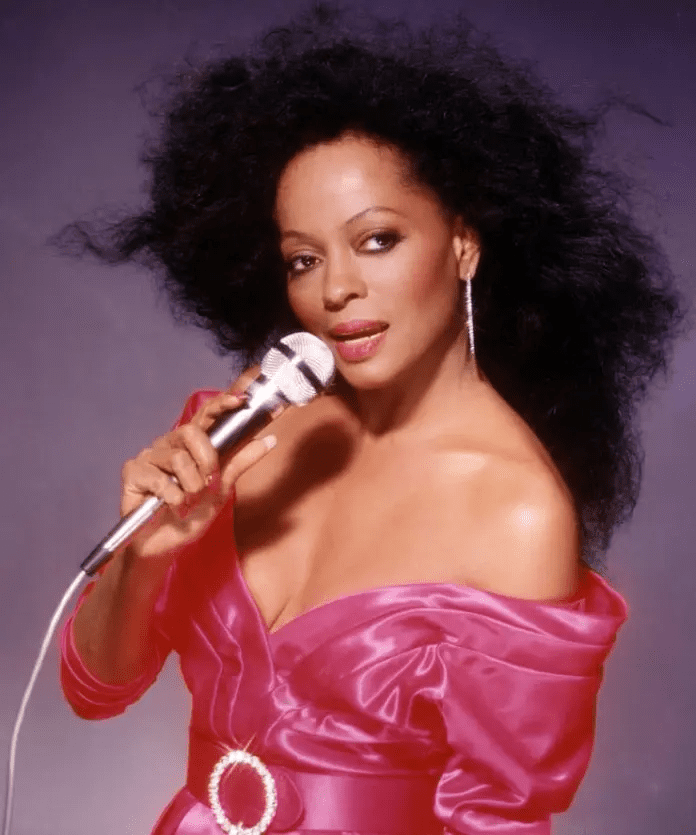
Ross’s journey into the entertainment industry began when she joined The Primettes, a local girl group that would later transform into The Supremes. This pivotal moment marked the beginning of a meteoric rise that would see Ross become one of the most recognizable and celebrated voices in music history.
The Supremes: Breaking Barriers in Music
By the early 1960s, The Supremes had become a staple of the Motown label, under the guidance of Berry Gordy. As the lead singer, Diana Ross played an instrumental role in the group’s success, delivering hit after hit. The Supremes’ chart-topping singles, including Baby Love, Stop! In the Name of Love, You Can’t Hurry Love, and Where Did Our Love Go, solidified their status as one of the best-selling female groups of all time.
Video: Westlife – When You Tell Me That You Love Me (Official Video) with Diana Ross
Ross’s distinctive, emotive voice and commanding stage presence propelled The Supremes into the mainstream, breaking racial barriers in an industry dominated by white artists. They became the first African American group to achieve consistent crossover success, appearing on major television shows such as The Ed Sullivan Show.
By 1969, Diana Ross had set her sights on a solo career, a transition that would further cement her as a global superstar.
The Solo Career That Defined an Era
In 1970, Ross released her self-titled debut album, featuring hits like Ain’t No Mountain High Enough and Reach Out and Touch (Somebody’s Hand). This marked the beginning of an extraordinary solo career that would span decades. She quickly established herself as a formidable solo artist, blending elements of R&B, pop, and disco.

Throughout the 1970s and 1980s, Diana Ross continued to release critically acclaimed albums and chart-topping singles. Songs like Love Hangover, Upside Down, I’m Coming Out, and Endless Love (a duet with Lionel Richie) became anthems of their time, showcasing Ross’s versatility as an artist.
Her music was not only celebrated in the U.S. but also internationally, making her one of the most recognized and influential figures in music. Diana Ross was known for her ability to reinvent herself, embracing new sounds and staying relevant in an ever-evolving industry.
Hollywood Stardom and Acclaim
Diana Ross’s talents extended beyond music—she made a significant impact in the film industry as well. In 1972, she starred in Lady Sings the Blues, a biopic about legendary jazz singer Billie Holiday. Her portrayal was met with critical acclaim, earning her an Academy Award nomination for Best Actress.
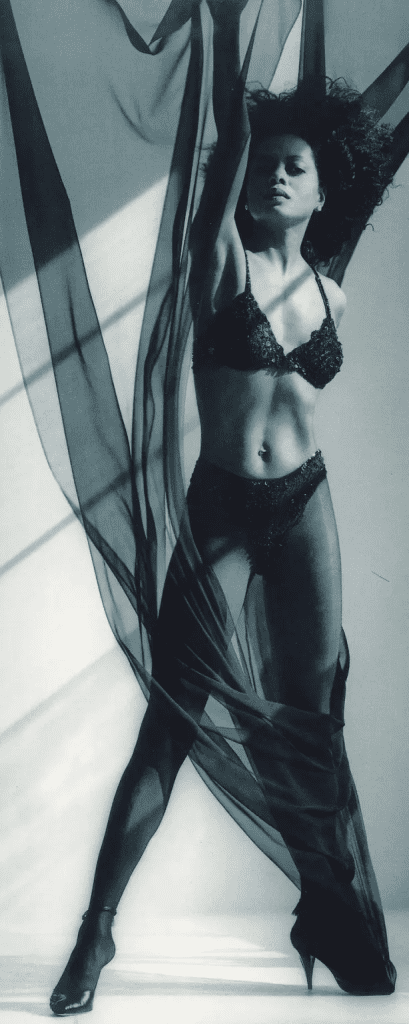
Ross went on to appear in other notable films, including Mahogany (1975) and The Wiz (1978), the latter being an ambitious adaptation of The Wizard of Oz featuring an all-Black cast, including Michael Jackson. While The Wiz did not achieve commercial success upon release, it later became a cult classic and a testament to Ross’s ability to take on diverse artistic challenges.
Enduring Success and Musical Evolution
The 1980s and 1990s saw Diana Ross continue to release music and perform on global stages. She signed with RCA Records and later with Motown, continuing to produce memorable albums. Despite the changing trends in the music industry, Ross remained a beloved artist with a dedicated fan base.
Her impact was not just confined to her own music—she influenced countless artists, from Beyoncé and Mariah Carey to Jennifer Lopez and Janet Jackson. The themes of empowerment, independence, and confidence in her music resonated with new generations.
Video: Diana Ross & Michael Jackson Upside Down HD Live in Los Angeles 1981
Lifetime Achievements and Honors
Diana Ross’s career has been adorned with numerous awards and accolades. She has been inducted into the Rock and Roll Hall of Fame, received a Grammy Lifetime Achievement Award, and was honored with the Presidential Medal of Freedom—the highest civilian award in the United States.
Her contributions to music, film, and culture have also earned her a Golden Globe, multiple American Music Awards, and a star on the Hollywood Walk of Fame. Ross’s legacy extends beyond her accolades—her music and influence continue to inspire artists and audiences worldwide.
Diana Ross Today: A Living Legend

Even in the modern era, Diana Ross remains a powerful force in the entertainment industry. She continues to perform at prestigious venues, headline major festivals, and release new music. Her 2021 album Thank You was a celebration of gratitude and resilience, proving that her artistry is as strong as ever.
Fans across generations flock to see her live performances, captivated by her timeless elegance, powerful vocals, and stage charisma. Whether performing classic hits or introducing new material, Diana Ross consistently reminds the world why she remains an enduring icon.
The Legacy of Diana Ross
Diana Ross’s journey is one of perseverance, talent, and extraordinary impact. Her ability to break down barriers, redefine music, and remain relevant across decades is a testament to her greatness. From her early days in Detroit to becoming a global superstar, her influence extends far beyond music—she is a symbol of empowerment, strength, and artistry.
As we celebrate her legacy, it is clear that Diana Ross is more than just a singer—she is an institution, a cultural icon, and an inspiration to millions. Her story is not just a reflection of past triumphs but a continuing saga of artistic brilliance.
Here are some great photos of her:
